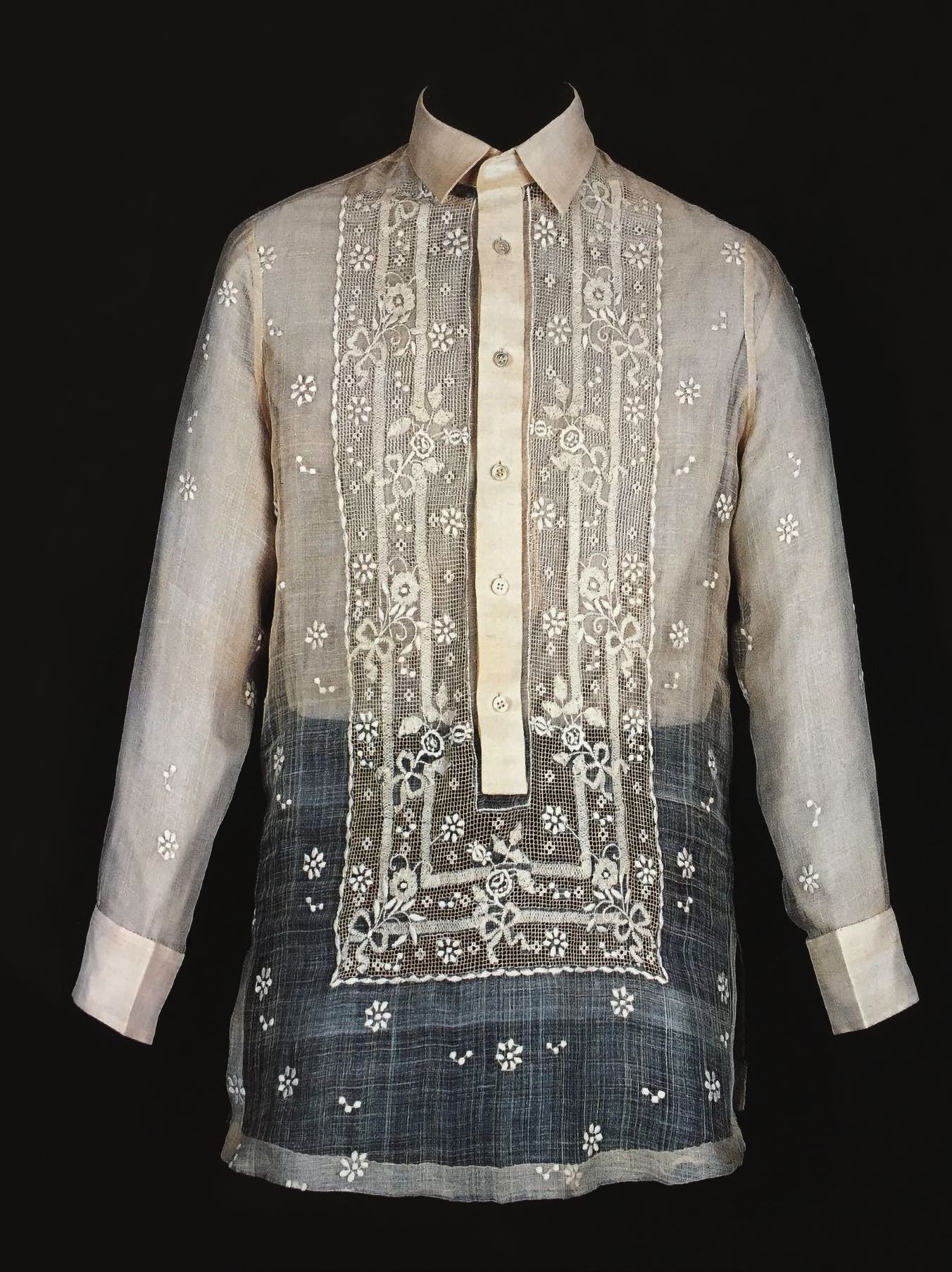We begin a series on highlighting our country’s rich heritage and what is inherently Filipino. This month we start off with our traditional men’s attire, the barong tagalog.
Worn up to this day on very important celebrations and formal gatherings, the barong tagalog’s ever-present magnificence that is inherently Filipino has stood the test of time. Barong tagalog, root word baro pertaining to “upper garment”, literally means “Tagalog outfit”. It was coined during the early Spanish colonial period to distinguish it as a native attire of Filipinos in contrast to the European-styled three-piece suits.
Evolution in fashion throughout the centuries brought upon various modifications of the barong tagalog, and even grew in popularity nowadays on women as an alternative to the elaborate four-piece traje de mestiza known as Maria Clara. Typically, it is made of sheer lightweight woven fabric made of either piña or jusi, the former considered more precious.

Piña could be an heirloom garment when properly maintained, for its tedious process and delicateness. The Aklanons of western Panay are acknowledged to be the pioneers in piña weaving. The tedious process begins with the stripping of the epidermis of the leaves of the red Visayan pineapple (ananas comosus), using a shard of Chinese porcelain. The lustrous coarse fibre called bastos is extracted by hand and reserved for use in making strings or twine. The next layer is the liniwan, which is obtained using a coconut shell. Ivory white in colour, this fibre is the finest. It undergoes degumming, which involves repeated rinsing, beating and air-drying—each step undertaken with great care. When completely dried, each strand is knotted to produce long continuous threads. The process of weaving the warp and weft takes weeks to complete, yielding just enough fabric for one barong tagalog. Some fibres are naturally dyed; most fabrics are hand embroidered. This tedious and time-consuming process of production renders the piña a most precious material.
Read also: Liwayway, La Herminia, Filip + Inna, And More: Local Brands That Champion Filipino Weaving Heritage




